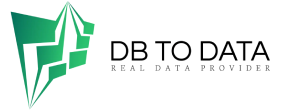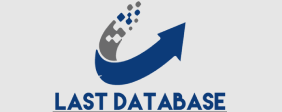The long answer is that
The long answer Let’s elaborate. Scrum has its own board call a Scrum board that is reset after each sprint. You can think of it as an extension of the backlog of product development tasks. On the other hand, a Kanban board visualizes the state of tasks and doesn’t reset after chunks of work are complet. The goal of a Kanban board is to control the work that enters and leaves a process. In Scrum, work boards are manag by the Scrum master and Scrum product. Manager to ensure constant visibility into project progress and status.
Kanban is more flexible with the main
This work board is typically project in the daily stand up meetings, so no one on the team is ever confus about where a project stands. Scrum boards are rebuilt before each sprint. Another core difference is their approach to flexibility versus Mexico Mobile Database rigidity. Scrum is a prescriptive framework that requires detail planning it has clearly defin processes and roles. goal of limiting work in progress bottlenecks. Which one is right for you? The short answer it depends. One is not better than the other and you’ll want to carefully consider which one best fits your team’s nes.
milestones for your team along
If you are focus on higher productivity and a faster delivery, Scrum is your best bet. It’s efficient at tackling complex projects, particularly the ones that will see a lot of change. Scrum allows you to split complex projects into more digestible Wuhan Mobile Phone Number List chunks, setting goals and the way. It also allows you to adapt your approach after each sprint, so you can remain flexible as feback comes in and product requirements change. Conversely, Kanban may be your choice if you’re working on a smaller project or managing an ongoing project compos of small incoming pieces of work, like bug fixes or enhancement requests.








